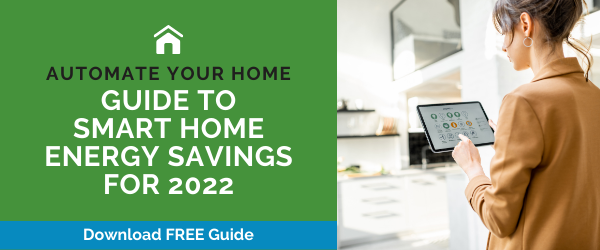Energy-efficient home designs are becoming an increasingly popular choice for those looking to build or buy a new home. These homes significantly reduce the cost of daily living, increase the home’s value, and are a great way to have a positive impact on the environment. That’s why it’s important to find the most energy efficient home design.
As you begin to search for energy-efficient homes for sale, there are many factors to add to your must-have checklist.
- Energy-efficient home designs are covered with a cool roof. A cool roof will have a low thermal mass to reflect the sunlight. Materials of a cool roof might be tile, slate, or clay. A cool roof will lower the roofing temperatures, thus keeping the attic space and inside of the home cool during the warm Florida summers.
- Solar panels are a must-have. These can be installed on the roof or in-ground. The initial cost is high, but the savings on heating and cooling bills in the months to come will quickly save you a lot of money.
- Energy-efficient home designs need to have proper insulation. Insulation is an important key to keeping temperatures just right in your home. Having more insulation than the code requirements will keep heating costs low when the temperatures are cool.
- Specifically, continuous Insulation, known as CI, is also important when looking for energy-efficient homes for sale. This will stabilize the temperature shifts. This insulation is continuous across all structural components without thermal bridges. The thermal bridge in a wall allows energy and heat to flow through it at a faster rate than the surrounding space and lessens the effective R-value of the wall system. Essentially, CI stops air leakage.
- Thermal mass materials are another key item. These materials should especially be integrated with the walls and foundation. You need a home that has high thermal mass materials to absorb heat and store heat energy. This will stabilize temperature shifts within a house. It slows the rate of heat transfer, which affects how frequently and how hard the HVAC system has to work.
- Your checklist should include a house that is in a north-south orientation. This will minimize the direct sunlight in the summer and it will maximize the sunlight in the winter.
- Positioning of rooms in relation to the sun is also a key component to energy-efficient home designs. The living room, family room, and dining room should face south in order to get good sun in the daytime. The kitchen and bedroom should face east for good morning sun and less sun in the evening time. The service areas, which are your garage, laundry room, and bathrooms, should face north for low sun exposure.
- An insulated foundation is a must-have as well. The house should be separated from the ground with a concrete slab foundation. Under the slab, there should be a continuous layer of rigid foam insulation. This will hold radiant energy and help to keep the inside of the home warm and dry at all times.
- It will also be important for your new home to have controlled ventilation. The HRV, or heat recovery ventilator and ERV, or energy recovery ventilators, are becoming popular in homes. These decrease the pollutants as well as lessen energy bills.
- The exterior color, in a warmer climate like Florida, should be light. The lighter color will help keep your home cooler on the hot summer days.
- The heating and cooling system is an important one in your home because it uses 48% of your home’s energy. In an energy-efficient home design, this system should be high-efficiency in order to reduce your costs as well as the energy it takes to run.
- Also, when it comes to cooling your home, you should be sure to look for fans. The more fans in the home, the less money you will have to spend on air conditioning. Fans come in a variety of shapes, sizes, and styles, so they will add to your decor while keeping you cool.
- Energy-Star Certified Appliances should be included in your new home. These will reduce energy consumption.
- Energy Star-rated office equipment and electronics should also be part of your home. These will also help to reduce energy consumption, especially if you have a job that you work from home.
- Skylights are also a must-have for energy-efficient home designs. These improve heating, lighting, and ventilation. According to the U.S. Department of Energy, your skylight should be no larger than 5% of the floor area in rooms with several windows, and they should be no larger than 15% of the floor area in rooms with few windows.
Making sure that you have the above must-haves on your list for your energy-efficient home design may seem tricky, but with the right builder, you will find that these are already on the list of what they include. Builders of energy-efficient home designs know that the must-haves listed above will pay you back on your bills year after year and help maintain the value of your home.

Comments are closed here.